This and That Thursday - Epic Fantasy

Welcome to This and That Thursday a new weekly meme (created by me) in which writers pick two books that match the week’s theme (you can see a list of all the upcoming topics here) and discuss them, comparing/contrasting the handling of the material from whatever angle they want.
This week’s topic is Epic Fantasy.


For this week’s This and That Thursday, I wanted to talk about epic fantasy novels that break the epic fantasy mold—and I’m comparing two books each written by someone named G. Martin. How cool is that (I totally did that by accident and only realized it after the fact)?
Most epic fantasy is modeled on a theme called “The Hero’s Journey.” The Hero’s Journey was defined by Joseph Campbell as: “A hero ventures forth from the world of common day into a region of supernatural wonder: fabulous forces are there encountered and a decisive victory is won: the hero comes back from this mysterious adventure with the power to bestow boons on his fellow man.”
When we read epic fantasy, this is usually our expectation—an unlikely or unwilling hero (or heroine) thrust into the role of saving the world from destruction, defeating a great evil, or bringing about lasting peace. One of the reasons George R. R. Martin’s A Song of Ice and Fire series has been so shocking (and often upsetting) to readers is because it deviates from (heck, deviates is an understatement—it tramples on and then throws out the window) the traditional hero’s journey structure. It starts out like a typical hero’s journey—we expect a story of the hero, Ned Stark, defeating the tyrant, Joffrey Lannister. That, however, is not the story. Ned Stark gets murdered at the end of Book 1, and the reader is left wondering, “Well, sh*t. Now what?” because how can you have a Hero’s Journey without a hero? It will be interesting to see if A Song of Ice and Fire becomes a typical hero’s journey tale later in the series. Prior to Arthur Pendragon pulling the sword from the stone, Britain was in chaos, with many factions and individuals fighting for rule of the land. Perhaps A Song of Ice and Fire, up until this point, has simply been the tumult leading up to the emergency of the hero, a way to build up to the hero’s journey. It could be akin to saying, "while the part of the story with Arthur in it is interesting, the part just before Arthur appeared on the scene is pretty interesting, too."
Gail Z. Martin’s Ice Forged is similar to George Martin’s A Song of Ice and Fire in that it, too, deviates from the typical Hero’s Journey model of epic fantasy. In this case, the kingdom is destroyed in a devastating war and along with it, magic, which has become integral to survival. It’s pretty much accepted by all involved that the kingdom is gone. However, there is a hope that perhaps the magic can be restored. The hero then sets off on what, at first, seems like a Hero’s Journey to restore the magic; however, what makes this story different (so far) is that there is no villain to defeat and the hero is almost as much on a journey of self-discovery (a pattern referred to as The Heroine’s Journey) as he is as of coming into his own power (The Hero’s Journey) [*Note: don’t led the implied gender of each pattern’s title fool you; The Hero’s Journey can be undertaken by a man or a woman, as can The Heroine’s Journey. The title simply refers to the type of personal agency (masculine or feminine) used by the main character]. What’s interesting about Gail Martin’s series so far is that it’s a hybrid of The Hero’s Journey and The Heroine’s Journey, rather than clearly one or the other. It will be interesting to see how this series develops and if, like George Martin’s series, perhaps later moves into a more traditionally defined pattern or if it continues to cut its own unique swath through the genre.
And that’s my This and That for this week. How about you—what are a couple very similar or very different approaches to epic fantasy? If you’d like to participate in This and That Thursday, just leave a link to your This and That post in the linky below, leave a comment on my post, and please link back to this post in the post on your site. If you don't have a blog, simply leave your thoughts in the comments below!
And remember--support bloggers. If you read it, comment on it! :-)
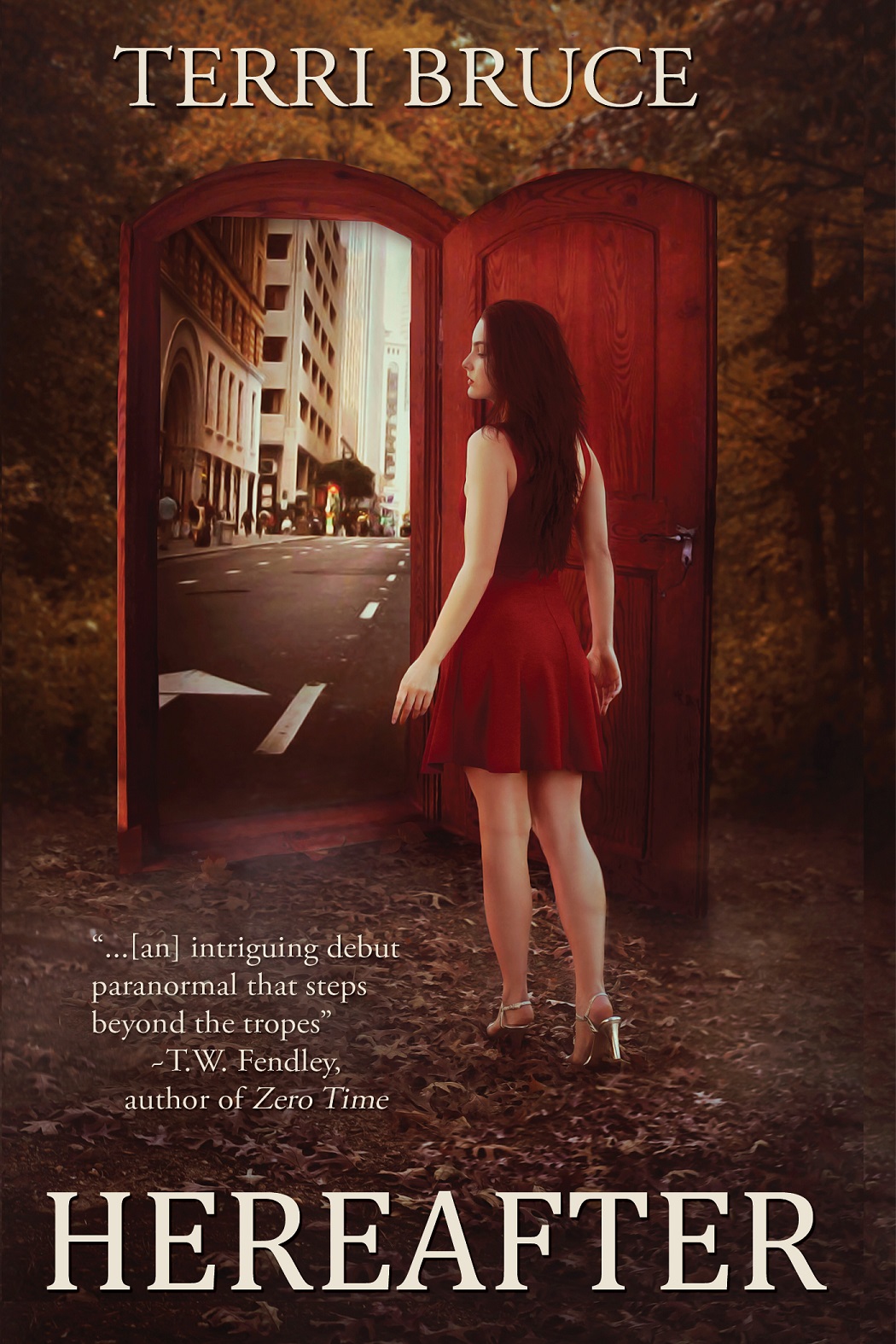
TERRI BRUCE writes science fiction and fantasy stories with a literary bent from a haunted house in New England where she lives with her husband and three cats. Look for her contemporary fantasy Hereafter (Afterlife #1) available wherever books are sold.
Come to the HEREAFTER Online Release Party - January 21st from Noon EST to Midnight EST!


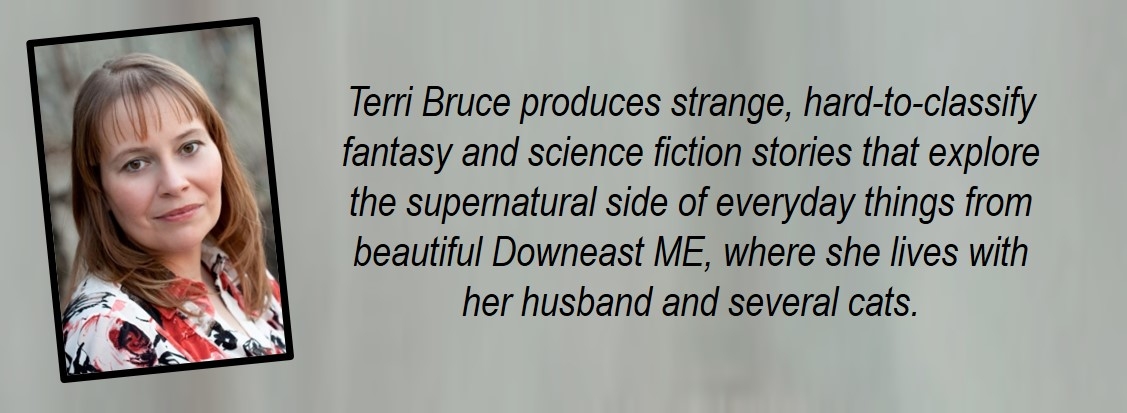
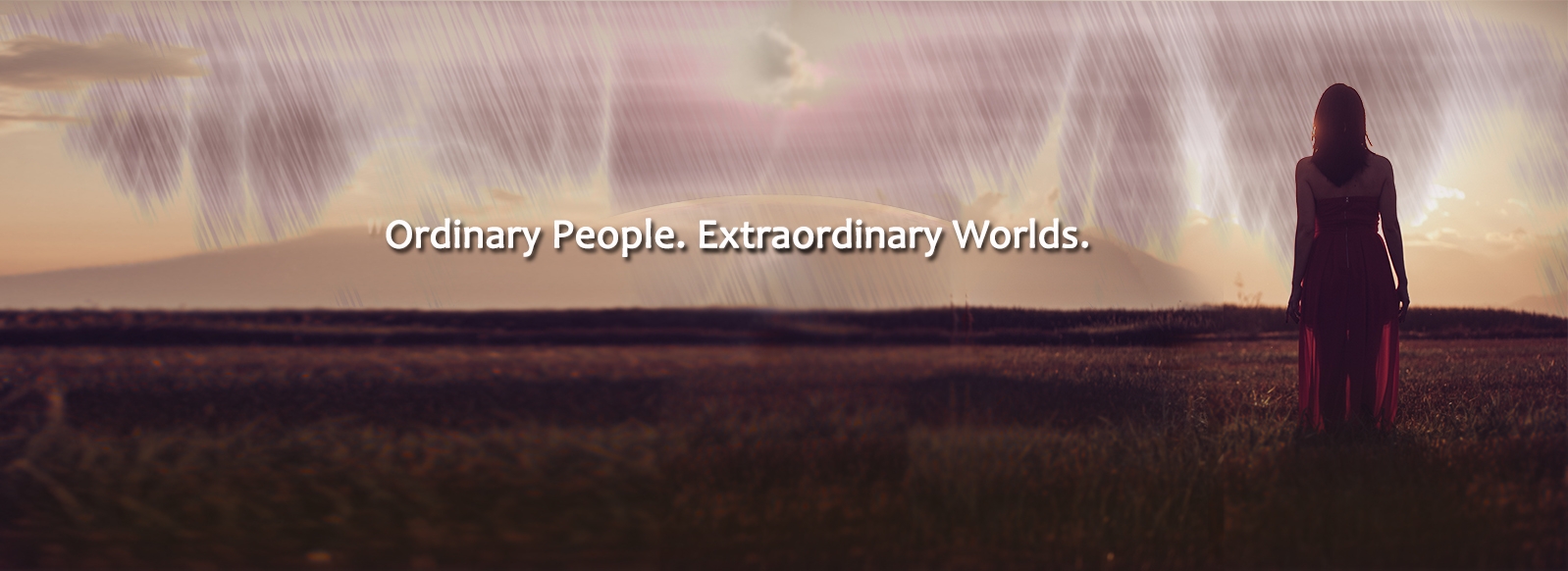
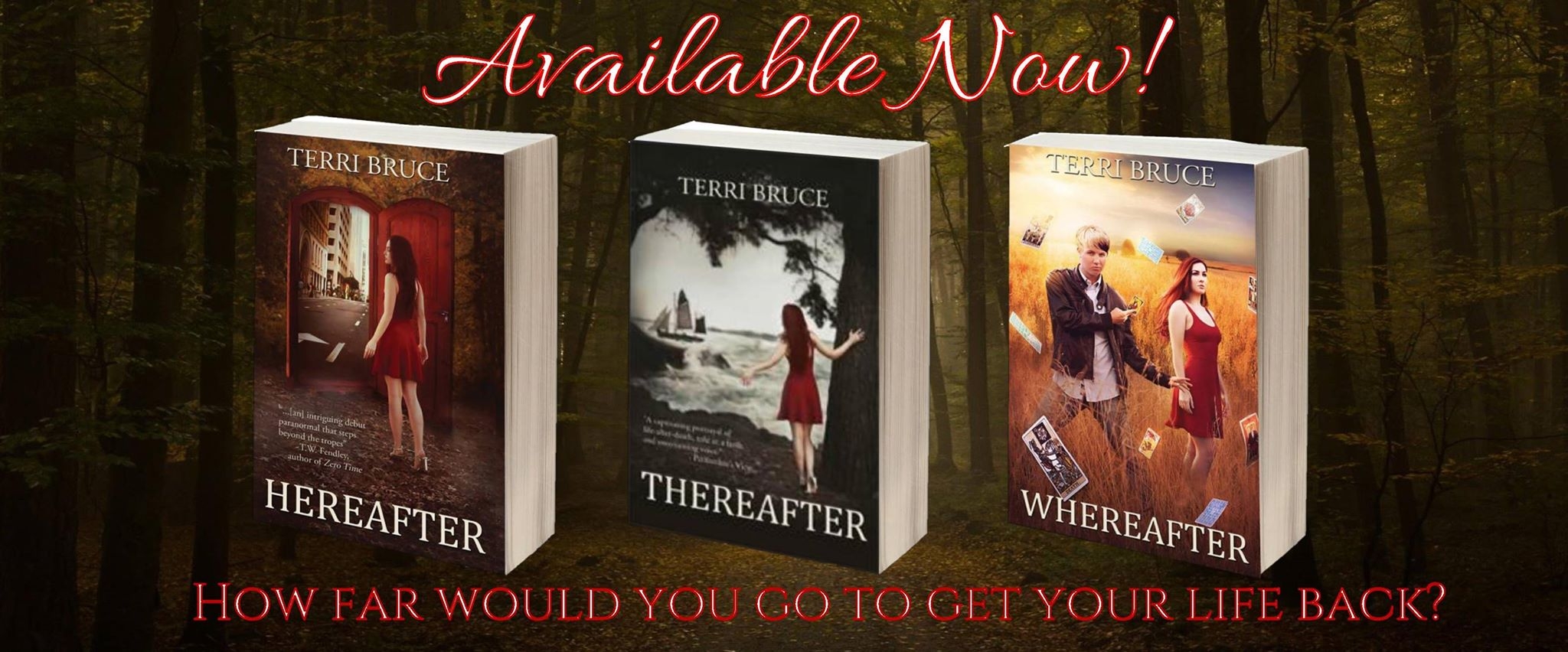
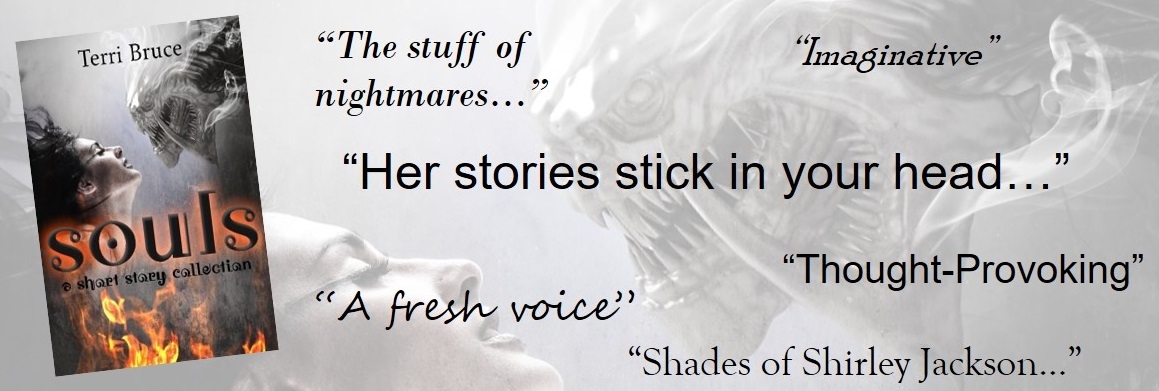
Comments